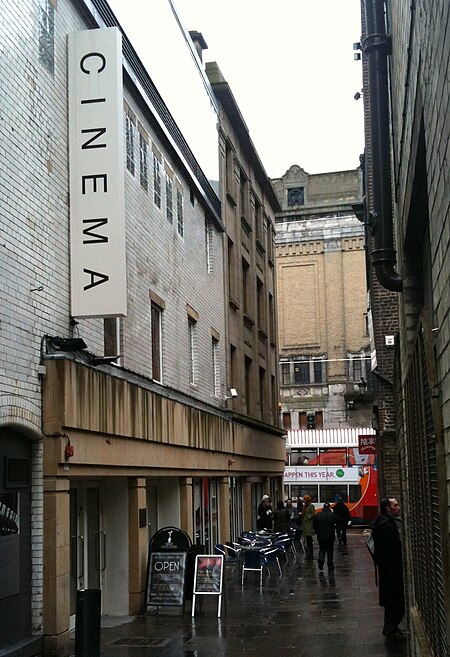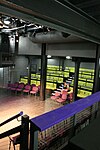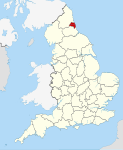Tyneside Cinema

The Tyneside Cinema is an independent cinema in Newcastle upon Tyne. It is the city's only full-time independent cultural cinema, specialising in the screening of independent and world cinema from across the globe. The last remaining Newsreel theatre to be in full-time operation in the UK, it is a Grade II-listed building. The Tyneside's patrons are filmmakers Mike Figgis and Mike Hodges, and musicians Neil Tennant of the Pet Shop Boys and Paul Smith of Maxïmo Park. Its cultural remit is set by the trustees and is a requisite for continued funding from sponsors such as the BFI and the Arts Council. Alongside its core programme of cultural cinema, the newly refurbished Tyneside Cinema holds daily free screenings of archive newsreel footage and guided tours. The cinema also allows budding producers and digital artists to network and present their work. A £7m restoration and renovation project occurred between 2006 and 2008, and the venue now boasts digital projection and 3D facilities alongside traditional film projection.
Excerpt from the Wikipedia article Tyneside Cinema (License: CC BY-SA 3.0, Authors, Images).Tyneside Cinema
Hood Street, Newcastle upon Tyne Grainger Town
Geographical coordinates (GPS) Address Phone number Nearby Places Show on map
Geographical coordinates (GPS)
| Latitude | Longitude |
|---|---|
| N 54.973611111111 ° | E -1.6119444444444 ° |
Address
Aiqin Nails
Hood Street
NE1 6JQ Newcastle upon Tyne, Grainger Town
England, United Kingdom
Open on Google Maps









